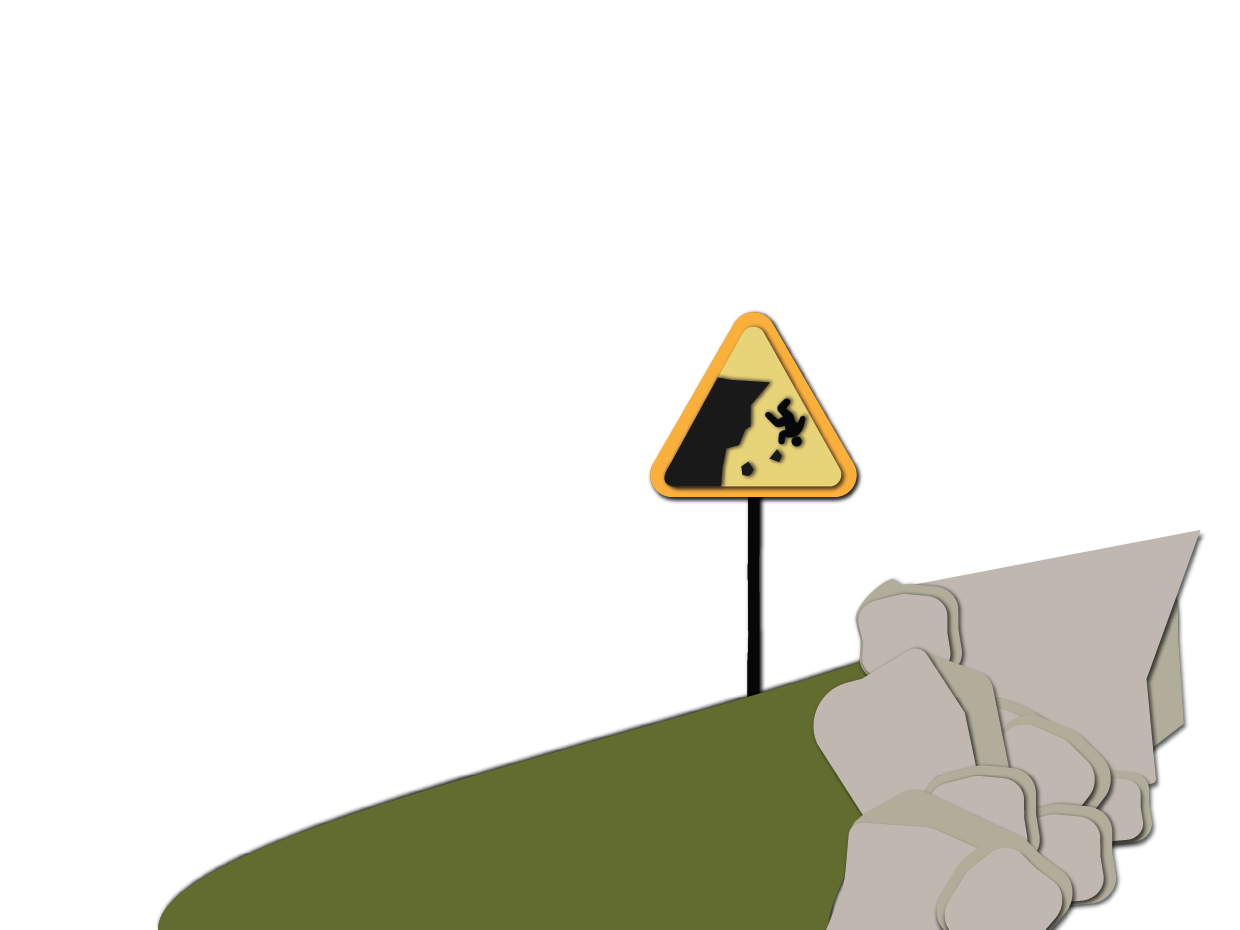There are many kinds of investment frauds, and new ones emerge each year. Although the type of scams may be different, they have a lot of tactics in common. While you might not know all the details of every type of scam out there, you can learn to spot the signs no matter what type of fraud it is.
On this page you’ll find
What are the four signs of investment fraud?
Watch for these four signs of investment fraud. If you’re in a situation where you recognize one or more of these signs, it’s likely a scam.
1. You are promised high returns with little or no risk
There’s no such thing as an investment that is both high-return and low-risk. If you’re offered an investment opportunity that promises this combination, this is a sign of potential fraud.
In general, higher-risk investments offer higher potential returns, and lower-risk investments offer lower returns. This is known as the risk-return relationship. When you buy higher-risk investments like stocks, there’s no guarantee you’ll make money. And the risk of losing money increases with the potential of higher returns. Low risk investments typically have returns similar to guaranteed investment certificate (GIC) rates. If your expected return is higher than this, you’re taking more risk with your money. Learn more about the risks of investing.
2. You get a hot tip or insider information
The sources of “hot tips” or “insider information” don’t have your best interests in mind. Think about why they’re offering you tips, and how they benefit by telling you about them. If the hot tip is false, you will lose your money if you act on it. If it is inside information about a public company, it would be illegal to act on it under insider trading laws.
3. You feel pressured to buy
Scammers frequently use high-pressure sales tactics — because they want to get your money and then move on to other victims. If you’re asked to make a decision right away, or are presented with a limited time offer, it’s likely not in your best interests. Scammers know that if you have time to check things out, you may not fall for their scam.
4. They’re not registered to sell investments
In general, anyone selling securities or offering investment advice must be registered with their provincial securities regulator. Before you invest, check the registration and background of the person offering you the investment.
Tip
Use our Scam Spotter tool to learn how to spot the warning signs of fraud and to protect yourself from scams.
What are four ways to avoid investment scams?
If something doesn’t feel right about a financial opportunity, it’s a good idea to slow down and make sure you are being safe with your money.
1. Get a second opinion
Be skeptical of unsolicited investment opportunities — over the phone, online or from acquaintances. Before you invest, get a second opinion from a registered, qualified advisor, a lawyer or an accountant.
2. Check registration
Generally, anyone selling securities or offering investment advice must be registered with their provincial securities regulator.
- Check before you invest by searching for the name of any individual to see if they are registered to sell investments or give financial advice.
There are other places you can also check to see if there are any concerns:
- SEDAR+ is a secure web-based system used by all market participants to file, disclose and search for information in Canada’s capital markets. To see people and companies under disciplinary action, look at the Disciplined list. To see people and companies restricted from trading securities, look at Cease Trade Orders.
- The Canadian Investment Regulatory Organization (CIRO) is the national self-regulatory organization that oversees all investment dealers, mutual fund dealers and trading activity on Canada’s debt and equity marketplaces. Know your advisor: Advisor Report has information on investment advisors regulated by CIRO. You can also Search Disciplinary Cases for details about enforcement action.
3. Take the time you need
Be suspicious of time-limited offers and high-pressure salespeople. If the investment is legitimate, you should not have to invest on the spot. Slow down the conversation. Don’t worry about being polite. Take the time you need to make an informed decision. High pressure tactics are often a sign of an investment scam.
4. Research the investment
Before you make any investment, understand how it works, the risks and any fees. Make sure it fits with your financial goals and your other investments. For example, learn more about the different types of investments before committing. Know how to assess an investment, what to look for in account statements and try this tool to learn more about Fund Facts. Check out these tips to be a smart investor.
Tip
Choose your investments — don’t let them choose you. If you have a financial plan, you can evaluate any new opportunities in relation to your plan. You’ll be more likely to choose appropriate investments if you consider how they fit with your goals and risk tolerance.
Summary
If an investment seems too good to be true, it probably is. Research investments, get a second opinion, take your time, and check the registration of anyone offering to sell you an investment. Watch for the 4 signs of a scam:
- An investment promising high returns and low risk.
- A person promising a ‘hot tip’ or insider information.
- Pressure to buy now.
- The seller is not registered to sell investments.
